A round-up of the best works of art to enter public collections recently
Academy Museum of Motion Pictures and Margaret Herrick Library, Los Angeles
Richard Balzer Collection of pre-cinematic artefacts
Long before the Lumière brothers, societies across the world had invented all kinds of optical toys and devices to entertain themselves with moving pictures. The Boston-based businessman Richard Balzer spent more than 40 years building up his collection of such machines, from magic lanterns to peep-show boxes. His full collection of more than 9,000 objects, books and ephemera relating to pre-cinematic history has been donated by his widow, Patricia Bellinger, to the Academy Museum and the Academy’s Margaret Herrick Library; highlights will be on display when the museum opens next spring.
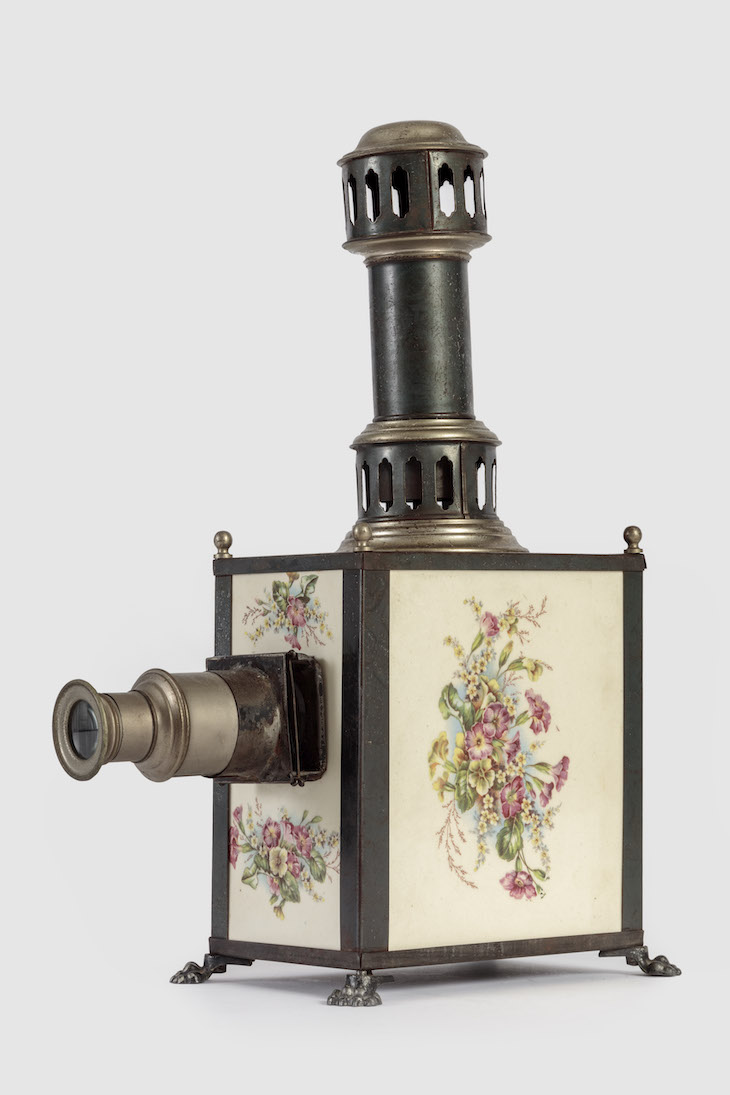
Magic lantern (1895), Johann Falk. Photo: Joshua White/JW Pictures; © Academy Museum Foundation
Block Museum of Art, Evanston
41 photographs by Edward Steichen
These 41 silver gelatin and platinum prints by Edward Steichen constitute the third major group of works by the American photographer that has been donated by collectors Richard and Jackie Hollander to the Block Museum. Its holdings now include more than 130 of Steichen’s works, making the museum one of the most important worldwide for exploring the breadth and depth of his experiments with new photographic processes and with genres as diverse as portraiture, theatre, and advertising photography. The new group includes portraits of the literary figures Carl Sandburg and Thomas Mann and aviatrix Amelia Earhart, as well as photographic experiments completed by the teenage Steichen in the final years of the 19th century.
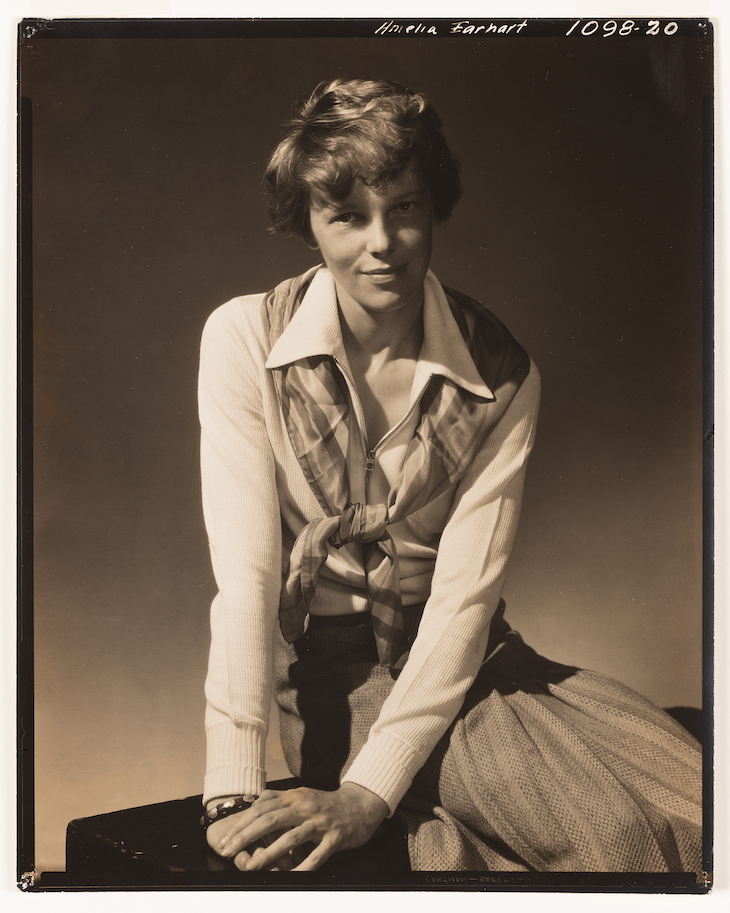
Amelia Earhart (1931; first published in Vanity Fair), Edward Steichen. Courtesy the estate of Edward Steichen/Artists Rights Society (ARS) New York.
British Museum, London
Flags I (1973), Jasper Johns
Estimated to be worth at least $1m, this edition of Jasper Johns’ Flags I is one of the most valuable post-war prints ever to be donated to the British Museum. The impression – one of 65 printed – was loaned by its former owners Johanna and Leslie Garfield to the museum for its ‘American Dream’ exhibition in 2017, for which it was used as the cover of the catalogue. It is a technically complex feat of printmaking, with Johns presenting two version of the US flag, his signature motif: the one on the left-hand side has a matte finish and that on the right is glossy, giving it a variety of surface texture unusual for a print.
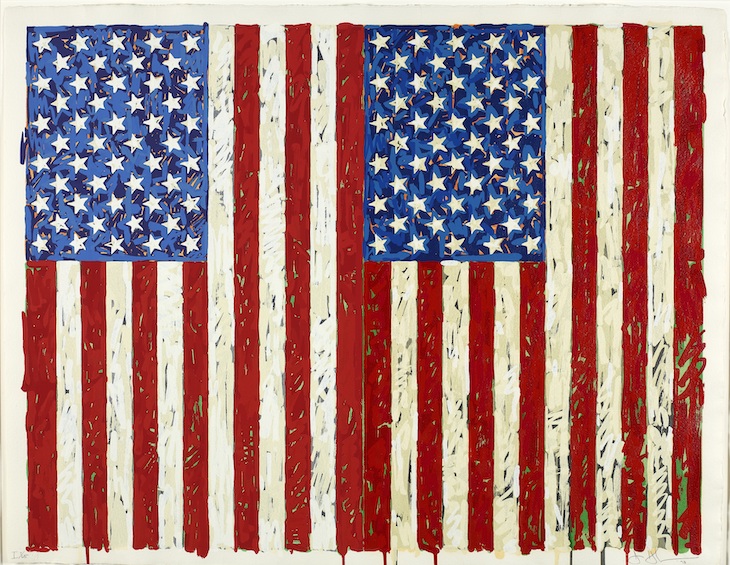
Flags I (1973), Jasper Johns. © Jasper Johns/DACS, London
Fenix Museum of Migration, Rotterdam
Les émigrants (modelled c. 1850; cast c. 1955–60), Honoré Daumier
As both an artist and a journalist, Daumier was an acute chronicler of social and political life in 19th-century France. He probably created this relief – one of the earliest known representations of mass migration – in the wake of the revolutions of 1848, which brought huge upheavals across Europe; in France, opponents of the new Second Republic were deported en masse to the French colonies. Daumier depicts these migrants in the manner of a classical frieze, imbuing their hardship with monumental nobility; the work is one of around 20 bronze casts from a wax original, and will go on display as part of the permanent exhibition at the FENIX Museum for Migration when it opens in Rotterdam (currently slated for 2024).
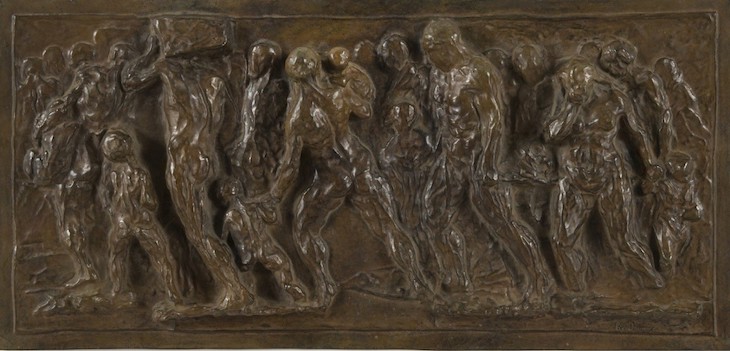
Les émigrants (modelled c. 1850; cast c. 1955–60), Honoré Daumier. Fenix Museum of Migration, Rotterdam
J. Paul Getty Museum, Los Angeles
39 Dutch drawings
In one fell swoop, the Getty has enlarged its collection of Dutch drawings by a third, placing it among the most significant in the US. Works by almost all of the key players in Dutch Golden Age – Rembrandt, Jacob Ruisdael, Maria Sibylla Merian, Gerrit van Honthorst, and many more – are included here; there are also drawings by artists whose work is rarely found on the market, such as Cornelis Vroom and Hendrick Dubbels. An early drawing by Piet Mondrian adds a grace note to the collection.

The Crucifixion (c. 1650), Samuel van Hoogstraten. J. Paul Getty Museum, Los Angeles
University College Cork
The Book of Lismore (late 15th century), Kilbrittain
This compendium of medieval Irish literary masterpieces – including the lives of the Irish saints, the only extant Irish translation of Marco Polo’s travels, and the adventures of the hero Finn MacCool – was compiled in the late 15th century for Fínghin Mac Carthaigh, the Lord of Carbery. During a siege in the 1640s it was removed from Kilbrittain Castle and given to Richard Boyle, the English-born Earl of Cork, at Lismore Castle. It has remained in English hands until now, with the donation of the book by the trustees of the Chatsworth Settlement – which oversees the estates of the Dukes of Devonshire, who acquired Lismore Castle in the 18th century – to University College Cork.
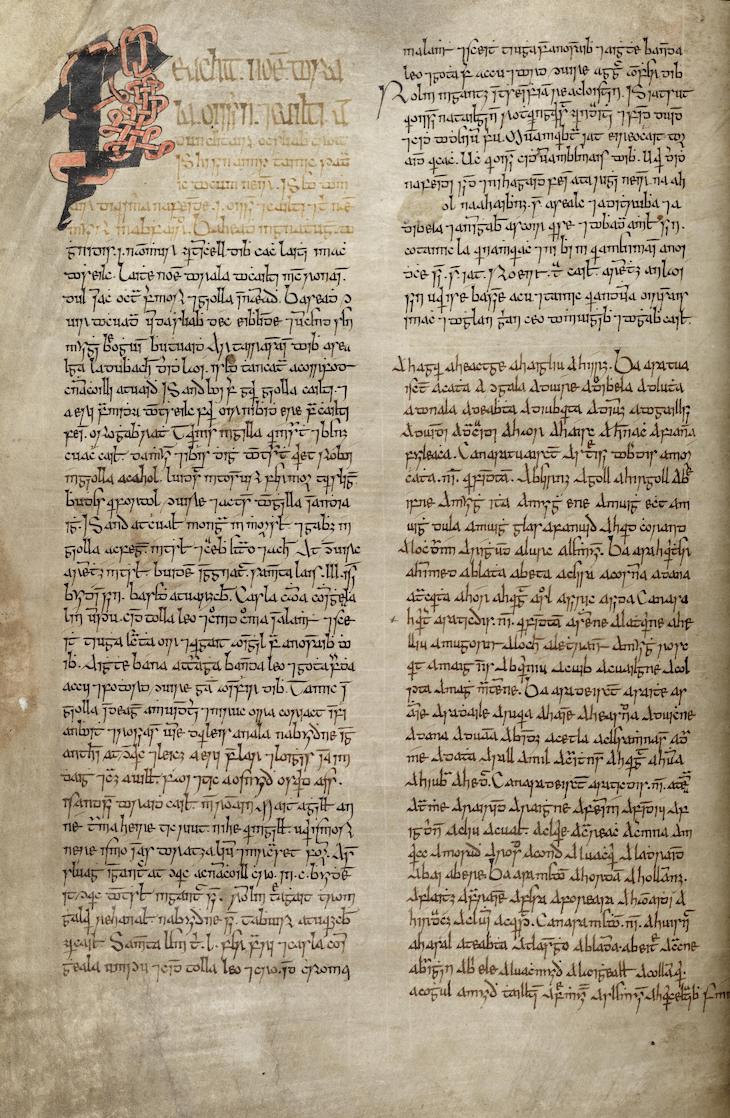
Page from Agallamh Bheag in the Book of Lismore (late 15th century), Kilbrittain. University College Cork. Photo: © The Trustees of the Chatsworth Settlement














![Masterpiece [Re]discovery 2022. Photo: Ben Fisher Photography, courtesy of Masterpiece London](http://zephr.apollo-magazine.com/wp-content/uploads/2022/07/MPL2022_4263.jpg)
‘Like landscape, his objects seem to breathe’: Gordon Baldwin (1932–2025)